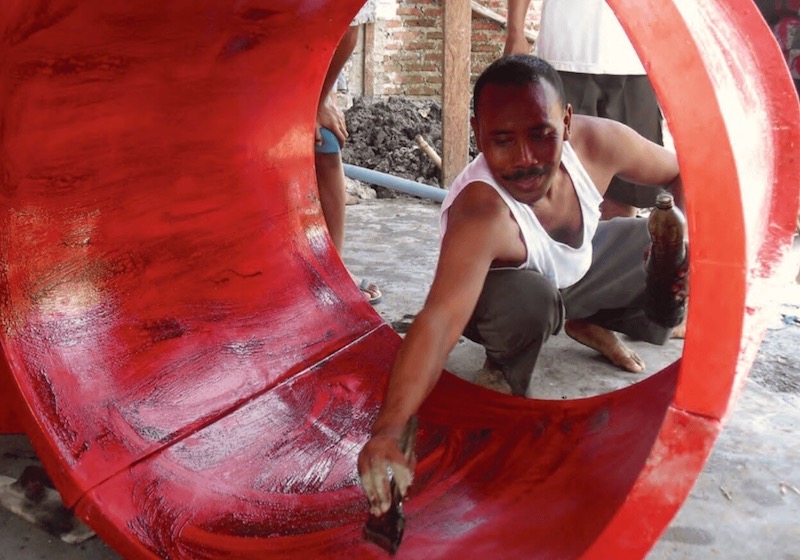Background
Around the world, over one billion people lack basic sanitary facilities; they have no clean, private, and sanitary place to go when "nature calls." Whereas the better-off can enjoy privacy and take their time on their "porcelain throne," many of the poor are forced to defecate in open, public spaces such as fields and streets. The practice of open defecation is just unpleasant, it's also downright dangerous: pathogens from expelled fecal matter often find their way into food and drinking water, causing diarrhea and other illnesses.



